Category: IoT
-

Tiny, ingestible robot can deliver medicine, patch wounds, remove objects
Daniela Rus and MIT, University of Sheffield, and Tokyo Institute of Technology colleagues have developed an ingestible origami robot designed to patch wounds, deliver medicine or remove foreign objects from a person’s stomach. The tiny robot, made of pig intestines, can unfold itself from a swallowed capsule. Steered by a doctor using external magnetic fields, the “microsurgeon”…
-

AI on a chip for voice, image recognition
Horizon Robotics, led by Yu Kai, Baidu’s former deep learning head, is developing AI chips and software to mimic how the human brain solves abstract tasks, such as voice and image recognition. The company believes that this will provide more consistent and reliable services than cloud based systems. The goal is to enable fast and intelligent responses to…
-

Swallowed sensors interact with smart devices
At a recent conference, Jawbone CEO Hosain Rahman said that his company is researching swallowable and implantable fitness sensors. They would remain in a user’s bloodstream and be capable of monitoring multiple factors. The sensors could interact with smart devices, including adjusting thermostats if one’s body is too warm or cold, or not turning a car on…
-
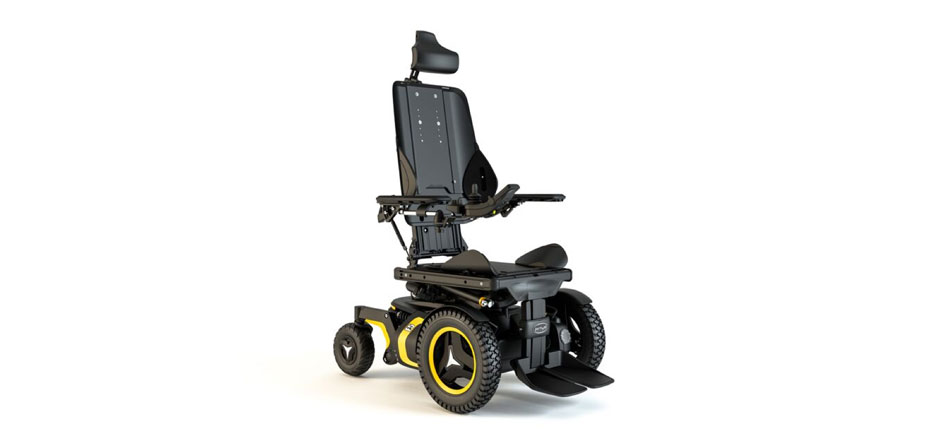
Connected wheelchair improves safety, comfort
AT&T and Permobil have developed a connected wheelchair concept meant to increase user comfort and independence. The system monitors seating position, cushion pressure (to prevent pressure ulcers), whether a chair has turned on its side, battery level, and location, and it also predicts the need for maintenance. The data, including location, can be remotely accessed from the cloud…
-
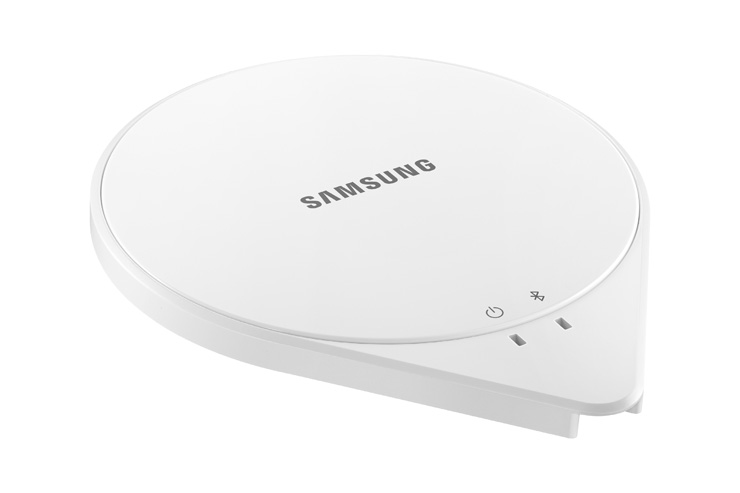
Sleep sensor directs appliances, allows remote monitoring
Samsung’s SleepSense measures breathing, heart rate, and movement in real time, without touching the body. The company claims that this monitoring results in a 97% accurate sleep score, delivered to one’s phone. SleepSense can communicate with a television, audio system, thermostat, and other household devices, to create a favorable sleep environment. TVs can be turned off…
-

Mirror sensors, imaging systems, assess cardio-metabolic risk
Wize is a mirror that its developers claim can monitor health with breath monitors, 3D scanners, video cameras, and imaging systems. It assesses cardio-metabolic risk through changes in face shape and circulation, signs of anxiety, and breath tests for heart attack-inducing chemicals. After a user looks into the mirror for one minute, a health score…
-
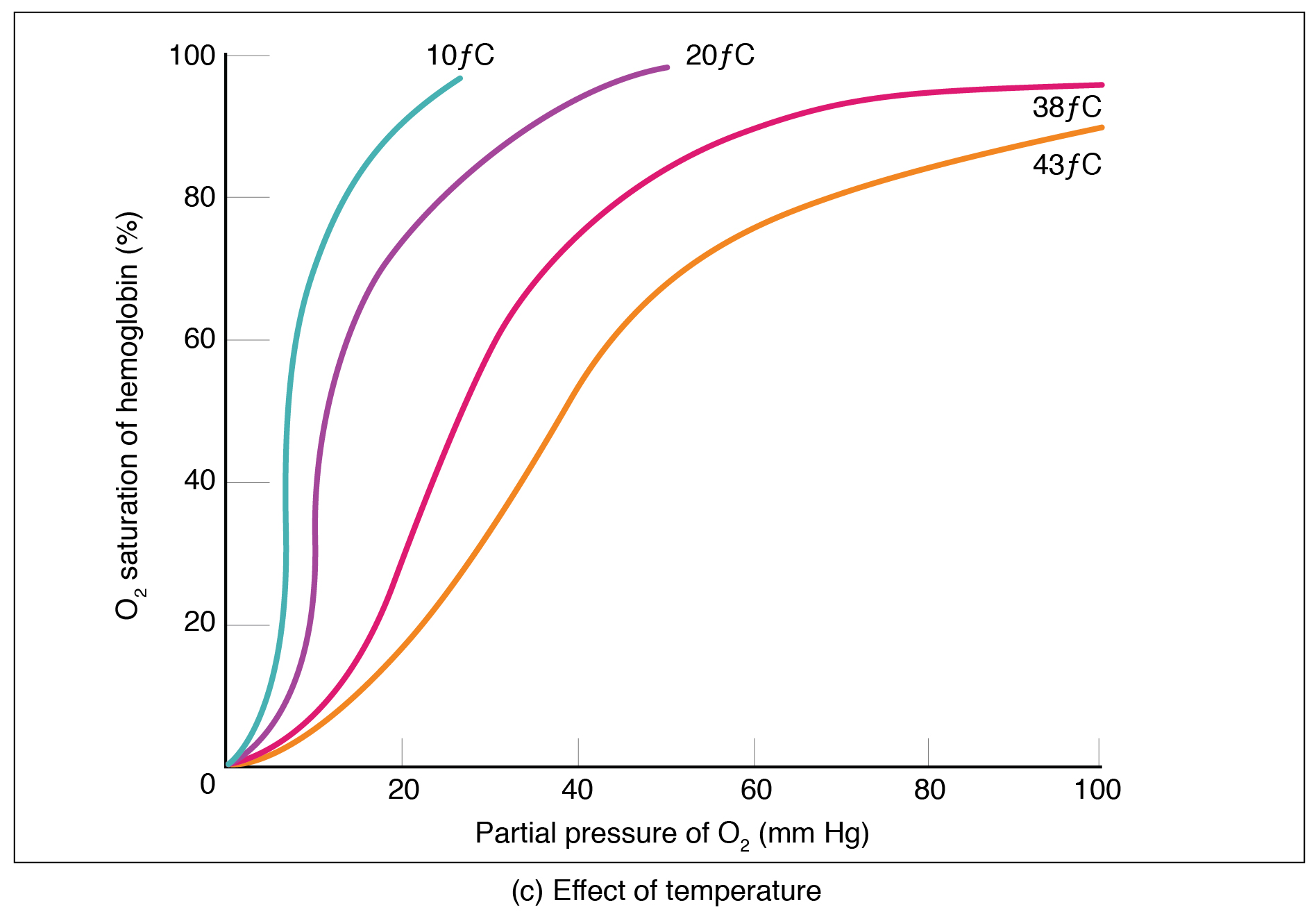
Phone sensors measure oxygen saturation with out pulse oximeter
MoveSense allows oxygen saturation to be monitored by phone sensors with what its developers describe as medical accuracy. A mobile phone must be carried in one’s pocket, and no pulse oximeter is required. The technology was developed by Bruce Schatz at the University of Illinois. In a study, patients wore pulse oximeters (for comparison) and carried phones…
-

Samsung patent describes phone grip body fat measure
Samsung has filed a patent application describing technology that could measure body fat levels when a user grips a device. Four sensors would be incorporated into a smartphone or case. “Input current and the intensity of the measured voltage” are measured to determine fat levels.
-
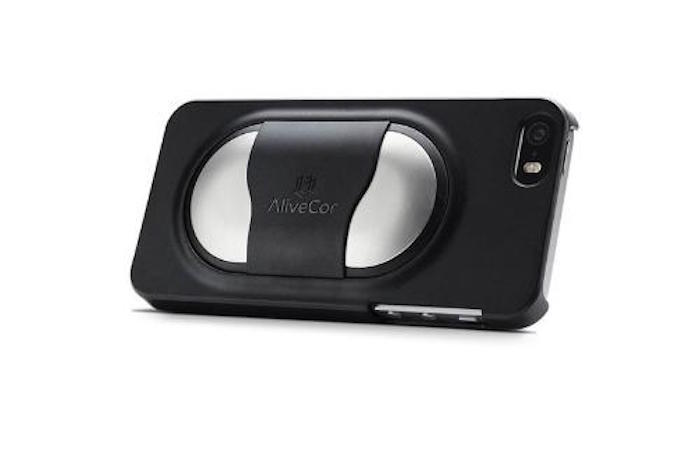
Phone ECG detects irregular heartbeat
USC‘s Leslie Saxon has released a study showing that smartphone ECG sensors can detect atrial fibrillation in the general population. 865 participants were given AliveCor enabled smartphone ECG sensors. 57,703 thirty-second ECGs were recorded and wirelessly transmitted to the cloud via an acquisition and interpretation app. AF was detected in 185 recordings from 93 participants. After…
-
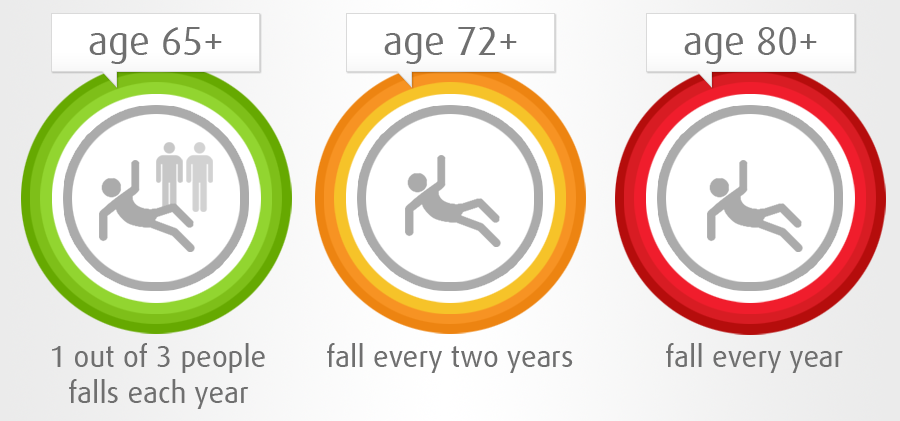
Stamp sized wearable detects falls
As part of its IoT Ubiquitousware platform, Fujitsu has developed a stamp sized sensor tag that detects falls, position, posture, and temperature changes. The tags contain accelerometers, barometers, gyroscopes and microphones. They can also include heart rate sensors and GPS modules. Data is transmitted via Bluetooth Low Energy. Algorithms analyze the data and automatically send alerts…
-

Smartphone blood test detects HIV, Syphilis
Columbia bioengineering professor Samuel K. Sia has developed a cheap smartphone dongle that can detect three infectious disease markers from a finger prick of blood in 15 minutes. The device replicates mechanical, optical, and electronic functions of a lab based blood test. It performs an enzyme-linked immunosorbent assay without requiring stored energy, as power is drawn from…